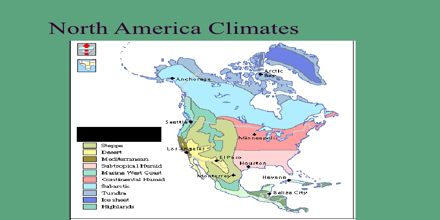As climate change continues to accelerate, understanding the complexities of drought patterns has become quintessential for environmental management and policy-making. The phenomenon of drought is no longer merely a result of natural variability; it is increasingly modulated by anthropogenic influences such as global warming. In this context, the development of a multiscalar drought index sensitive to global temperature changes emerges as a promising tool for decoding the intricacies of drought. This innovative approach denotes a paradigm shift in our understanding of drought, offering insights that extend beyond traditional metrics.
To grasp the intricacies of this multiscalar drought index, it is essential to delineate what is meant by the term “multiscalar.” Essentially, it refers to an index that operates across various temporal and spatial scales, capturing the nuances of drought at local, regional, and global levels. Traditional drought indices often focus on singular aspects—such as precipitation deficits or temperature anomalies—while a multiscalar index incorporates a broader array of parameters. This comprehensive framework allows for a more nuanced interpretation of drought conditions, enhancing predictive capabilities and enabling more effective decision-making.
One of the fundamental drivers of drought in the context of global warming is increased evaporation rates. Warmer temperatures intensify evaporation from land and water bodies, reducing moisture availability and exacerbating drought conditions. A multiscalar index incorporates evaporation rates alongside precipitation metrics, offering a more holistic view of moisture dynamics. This is critically important as regions experience varying responses to climate change. What may be classified as a drought in one geographical area might not hold the same significance in another, which is where the multiscalar aspect becomes pivotal.
Furthermore, the index accounts for the cumulative impact of drought over time. Short-term droughts may not have severe implications for agricultural output, but prolonged conditions can lead to substantial repercussions for food security and ecosystem health. By examining drought trends over extended periods, the multiscalar approach helps in discerning patterns that may remain obscured in traditional evaluations. This allows policymakers, farmers, and water resource managers to implement preemptive measures rather than reactive solutions, significantly altering the landscape of drought management.
Moreover, the integration of climate projections into this multiscalar index amplifies its utility. Climate models indicate that certain regions will experience heightened drought frequency due to global warming, thus necessitating adaptive strategies. By correlating historical drought data with future climate scenarios, this index can forecast potential drought events, providing stakeholders with critical information required for mitigating risk. This aspect transcends conventional assessments, enabling a proactive approach rather than the customary wait-and-see strategy that has often governed drought response efforts.
The implementation of this index also carries implications for sustainable water management practices. As drought severity intensifies, the scrutiny over water allocation becomes paramount. A multiscalar drought index can better inform water management policies by identifying which areas are most vulnerable and may require immediate interventions. This data-driven methodology fosters a more equitable distribution of water resources, ensuring that both agricultural and urban demands can be met during periods of scarcity.
While the development of a multiscalar drought index offers extensive benefits, its success hinges upon widespread collaboration. The verification and calibration of such an index demand a multiplicity of data sources, including satellite imagery, meteorological records, and hydrological assessments. Engaging interdisciplinary teams where climatologists, agronomists, hydrologists, and data scientists collaborate is imperative to enhance the accuracy and robustness of the index. Only through collaborative efforts can the index realize its potential in reshaping drought management practices.
In parallel, educating the public and stakeholders about the implications of this multiscalar index is just as critical. A confluence of information dissemination and active community participation can galvanize support for necessary changes in policies and practices. Enhancing public awareness ensures that the ramifications of global warming on drought patterns gain the attention they deservingly warrant. It is essential for communities to understand that drought is not a distant hypothetical scenario but a tangible reality that can impact their livelihoods, necessitating transformative action.
As we advance toward a climate-resilient future, it becomes evident that traditional drought monitoring methods are insufficient amidst the complexities introduced by global warming. The multiscalar drought index stands as a beacon of hope, promising a shift in perspective. It encourages an inquisitive approach towards understanding drought—a challenge that, if addressed proactively, could mitigate the adverse effects on ecosystems and human populations alike.
Conclusively, embracing a multiscalar drought index sensitive to global warming signifies an awakening to the intricacies of climate interactions. It fosters deeper inquiry into patterns that have far-reaching consequences on food security, water availability, and ecological stability. By equipping ourselves with a more sophisticated understanding, we can better prepare for the inevitabilities brought forth by climate change, ensuring resilience against one of the most insidious manifestations of a warming planet: drought.






